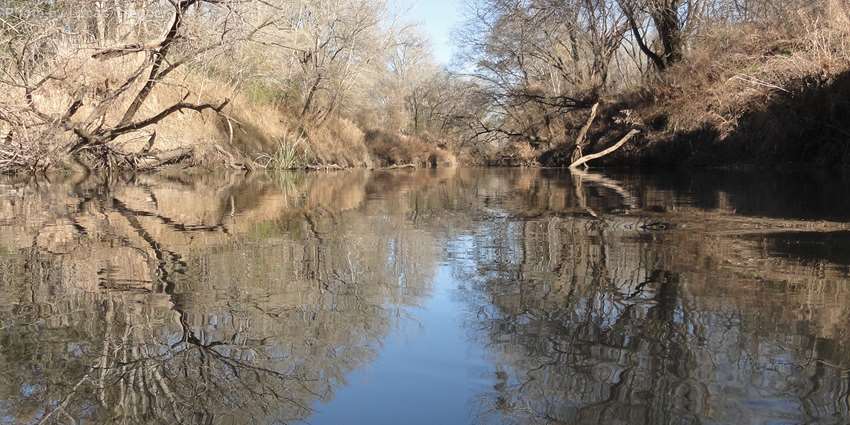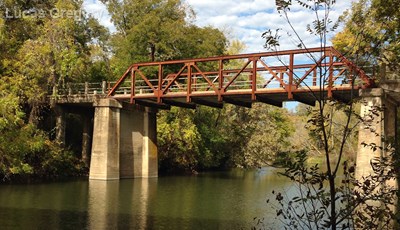The U.S. Environmental Protection Agency recently accepted the Navasota River Below Lake Limestone Watershed Protection Plan, developed by the Texas Water Resources Institute (TWRI) and the Navasota River Watershed Partnership.
The plan was accepted as it met the agency’s national guidelines for watershed-based plans and effectively outlined a strategy to improve the watershed’s water body segments impaired by bacteria and depressed dissolved oxygen, plan developers said.
“This acceptance comes after extensive collaboration between local watershed landowners and stakeholders, including business and industry representatives, agricultural producers, city and county personnel, local soil and water conservation districts and more,” said Dr. Lucas Gregory, a TWRI research scientist in College Station. “Local education and outreach formed the basis of this planning effort.
“During plan development, we worked with stakeholders to identify, evaluate and quantify impairment causes and sources, thus allowing stakeholders to make informed decisions regarding management recommendations to mitigate source contributions in a cost-effective manner,” Gregory said.
The Navasota River watershed below Lake Limestone is located in East-Central Texas and encompasses approximately 1,570 square miles and more than 1 million acres.
“We are pleased with EPA’s acceptance of the plan,” said Dr. John Tracy, TWRI director. “The plan sets forth an approach to improve resource stewardship that allows stakeholders to rely on watershed resources for their livelihood while also helping to restore the quality of its water resources.”
The watershed plan is available for download. For more information on TWRI’s work in the Navasota River, see http://navasota.tamu.edu/.
Development of the plan was funded through a state nonpoint source grant to TWRI from the Texas State Soil and Water Conservation Board.


